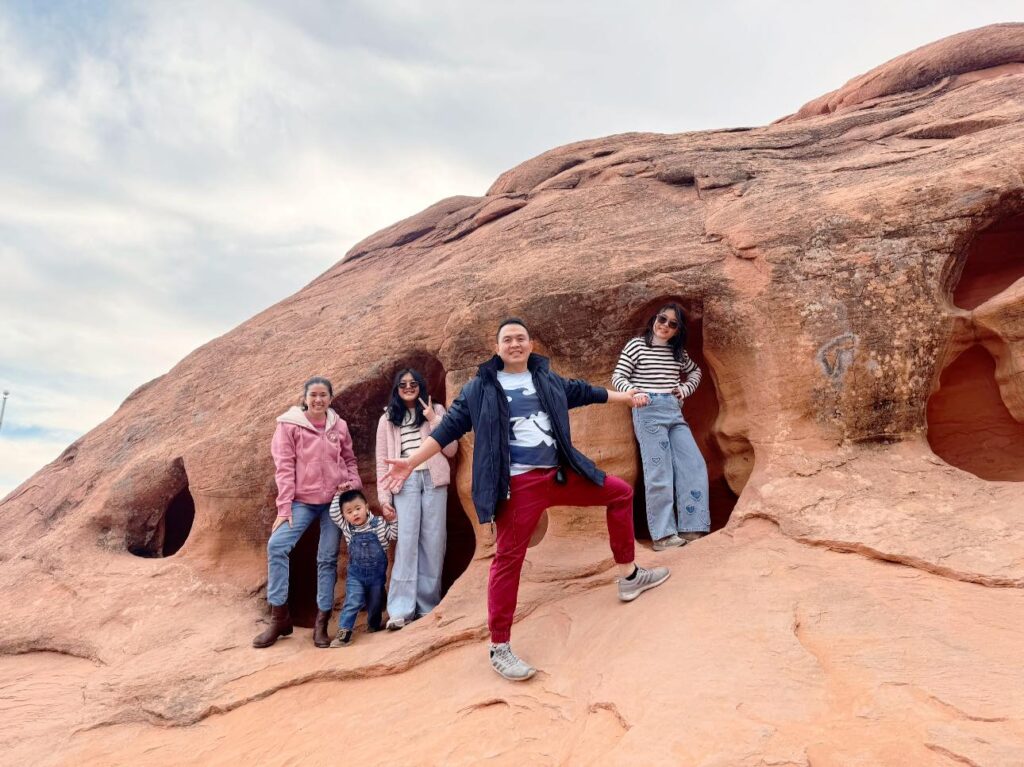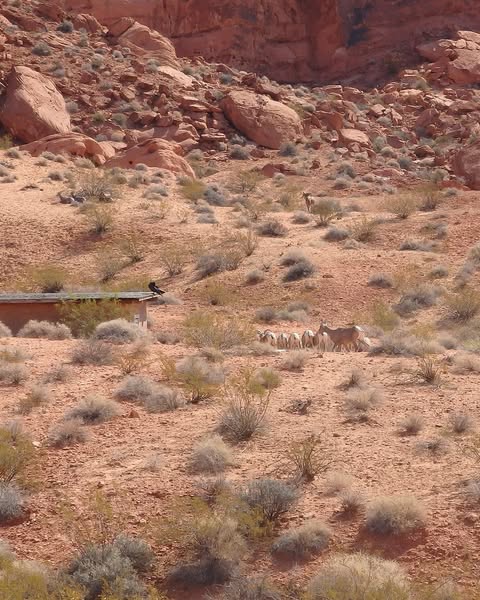Valley of Fire State Park is a photographer’s dream come true. With its fiery red sandstone formations, vibrant skies, and vast desert landscapes, this stunning Nevada park offers some of the most breathtaking scenes that you’ll ever lay eyes on. Whether you’re an amateur photographer with a smartphone or a seasoned pro with a DSLR, the Valley of Fire delivers endless opportunities for capturing awe-inspiring shots. But what makes this park so special, and how can you make the most of your photography adventure here? Let’s explore!
What Makes Valley of Fire State Park So Special?
Valley of Fire is named for its fiery red rocks, which seem to blaze in the sunlight. These unique rock formations were formed over millions of years, shaped by the forces of wind, water, and time. But the natural beauty isn’t the only thing that attracts photographers—this park is a treasure trove of history and culture. From ancient petroglyphs left by Native Americans to the stark, almost surreal desert landscapes, the Valley of Fire offers a combination of natural wonder and historical significance that’s hard to find elsewhere.
Whether you’re capturing sweeping desert vistas or close-up shots of intricate rock formations, the park’s blend of rich colors and textures will elevate any photographer’s portfolio. It’s easy to see why people are often left speechless by the beauty found here.
Top Photography Spots in Valley of Fire
When it comes to finding the best spots for photography in Valley of Fire, you’re spoilt for choice. However, a few locations stand out for their unique views and photogenic landscapes. Let’s dive into the must-visit places for capturing those perfect shots:
- The Fire Wave: This is one of the most iconic landmarks in Valley of Fire, and for a good reason. The Fire Wave is a stunning rock formation that looks like a colorful wave frozen in time. The vibrant red, orange, and white stripes make it one of the most photographed spots in the park. It’s especially striking at sunrise and sunset when the colors of the rocks truly come alive.
- Elephant Rock: Another must-see is Elephant Rock, which, as the name suggests, resembles the shape of an elephant. This natural formation is a favorite among visitors and photographers alike, especially when the golden sunlight highlights its massive, elephant-like curves.
These two spots alone could fill your camera roll, but the entire park offers countless other photogenic locations to explore and capture.
Best Times of Day for Capturing Stunning Shots
Lighting is everything in photography, and the Valley of Fire provides some of the best natural light you can find. If you want to capture the true essence of this magical landscape, timing is key.
- The Golden Hour Magic: The golden hour—the time shortly after sunrise and just before sunset—is a photographer’s best friend. The soft, warm light makes everything glow. In the Valley of Fire, the rocks seem to come to life during this time, giving your photos an almost ethereal quality. This is when the red sandstones appear the most vibrant, and the shadows cast by the jagged formations add depth and dimension to your shots.
- Sunset and Sunrise: These are the two best times to capture the park in its full glory. At sunrise, you’ll get a chance to photograph the landscape as it slowly wakes up, with soft light illuminating the formations. Meanwhile, sunset transforms the valley into a fiery spectacle, with the skies and rocks blending into beautiful shades of purple, pink, and orange.
The Best Photography Tips for Capturing the Valley’s Beauty
Now that you know when to visit, here are some tips for getting the best photos of Valley of Fire:
- Framing Your Shots: When photographing the sweeping desert landscape, try framing your shots with a foreground element like a cactus or rock formation. This adds perspective and depth to your photos, making them more dynamic and engaging.
- Choosing the Right Lens: If you’re using a DSLR or mirrorless camera, consider bringing a wide-angle lens. The wide field of view will help capture the vastness of the desert and the grandeur of the rock formations. A telephoto lens can also come in handy for zooming in on distant details or wildlife.
- Use of Filters: Using a polarizing filter can help reduce glare and enhance the colors of the sky and rocks. This is especially useful during midday when the sun is high in the sky.
Wildlife Photography: Capturing the Park’s Hidden Creatures
While Valley of Fire is known for its striking landscapes, it also has a rich variety of wildlife that you might want to photograph. From lizards darting across the rocks to birds soaring through the desert skies, the park offers a fascinating array of creatures that make for great subjects.
- Birds: Valley of Fire is home to many species of birds, including the red-tailed hawk and the desert cactus wren. With the right lens, you can capture stunning shots of these creatures perched on rocks or gliding overhead.
- Lizards and Other Desert Critters: If you’re lucky, you may spot desert lizards or even the elusive desert tortoise. These creatures blend seamlessly with their surroundings, making them a fun challenge for photographers looking for a unique shot.
Editing Your Valley of Fire Photos to Enhance Their Beauty
Editing is where you can really make your photos pop. After spending the day capturing the beauty of Valley of Fire, it’s time to enhance those images. Don’t overdo it, but here are a few simple editing tricks:
- Boosting Contrast: The natural colors in the park are striking, and a little contrast boost can help them stand out even more. Adjusting the contrast will make the red rock formations and desert sky more vivid.
- Enhancing Colors: Play with saturation levels to make the colors of the rocks and sky more vibrant, but remember not to go overboard. You want the photos to still look natural.
- Sharpening Details: Sharpening the fine details, like the textures of the rock formations, can bring out the richness of the landscape.

Conclusion and Final Thoughts on Valley of Fire Photography
In conclusion, Valley of Fire State Park is nothing short of a photographer’s paradise. Whether you’re drawn to the dramatic landscapes, the unique rock formations, or the wildlife, the park offers a visual feast that will leave you speechless. By visiting during the best times of day, using the right photography tips, and capturing the hidden creatures, you can create a portfolio of stunning images that truly represent the beauty of this natural wonder.
5 Unique FAQs
1. When is the best time to visit Valley of Fire for photography?
The best times are during the golden hour—early morning after sunrise or late afternoon before sunset. These times offer the best lighting for vibrant and dramatic photos.
2. Can I photograph wildlife in Valley of Fire?
Yes, Valley of Fire is home to a variety of wildlife, including birds and lizards, which can make for unique and interesting photography subjects.
3. What equipment should I bring for Valley of Fire photography?
A DSLR or mirrorless camera with a wide-angle lens is ideal for capturing the vast landscapes. A telephoto lens is also useful for wildlife and distant shots.
4. Do I need a permit to take photos in Valley of Fire?
No, a permit is not required for general photography. However, if you plan to conduct commercial photography, you may need to apply for a permit.
5. What is the best season to visit Valley of Fire?
The spring and fall seasons are the best times to visit for photography, as the temperatures are more moderate and the lighting is ideal.

